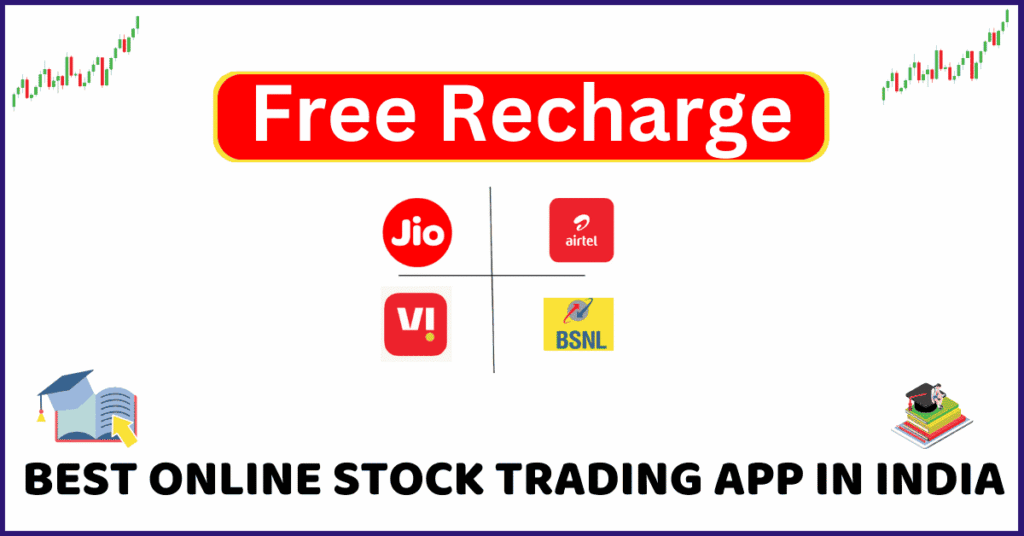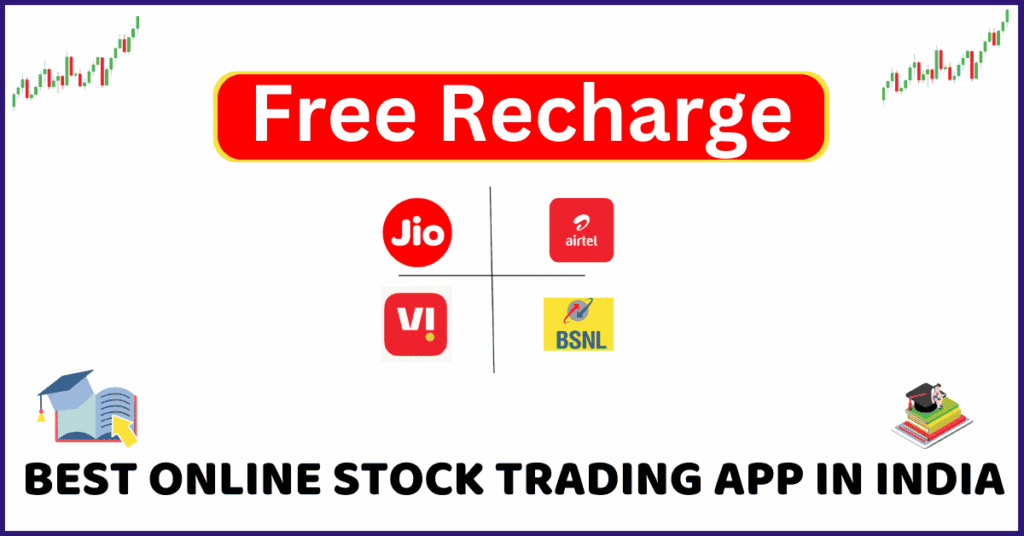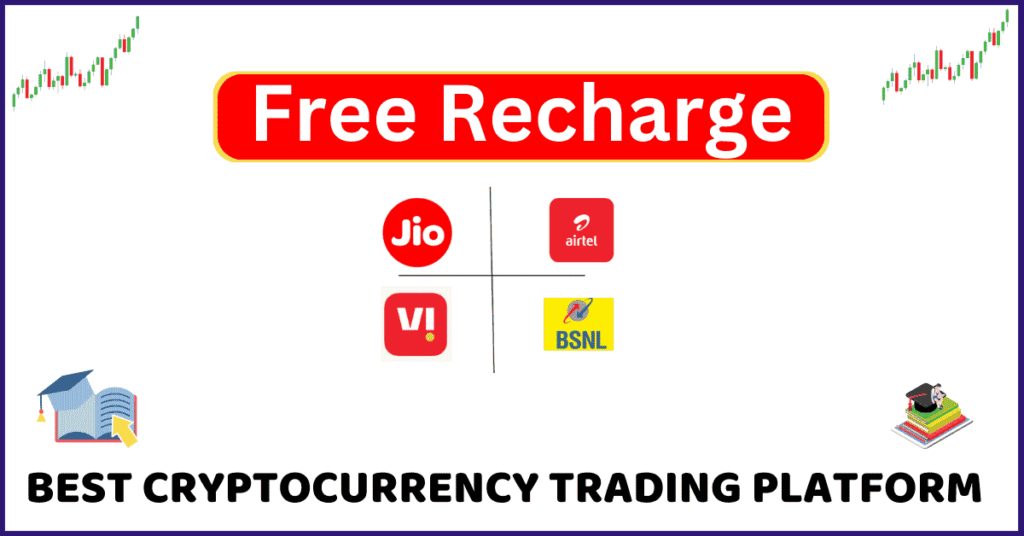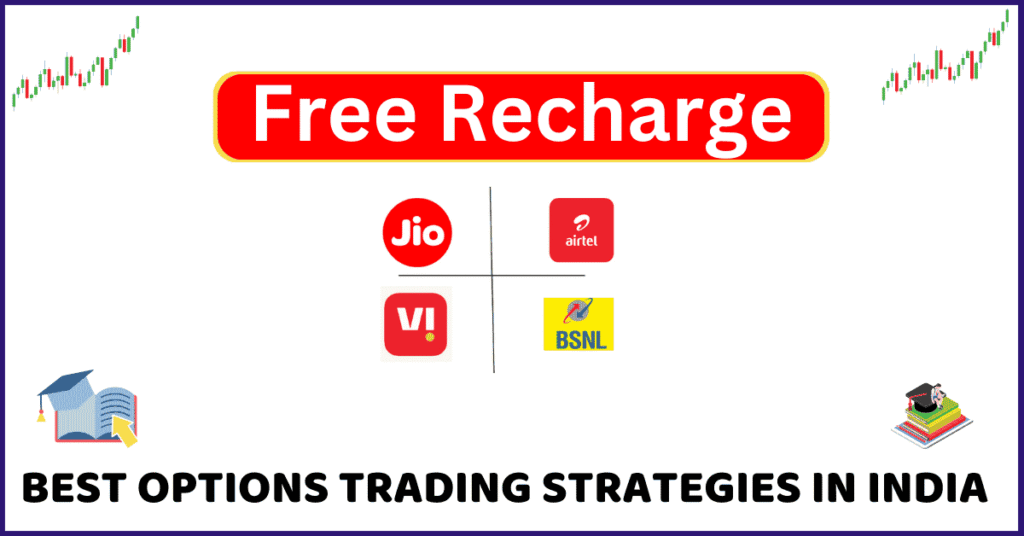Let’s chat about Solana—one of the fastest-growing names in crypto. If you’re curious about what makes it tick, how people use it, and whether it’s worth considering, you’ve come to the right place. I’ll explain like I would to a friend, with all the pros, cons, tech stuff, and trade/trading implications.
Why You Should Care
- High speed: Solana is built to handle thousands of transactions per second.
- Very low fees: Transactions cost a tiny fraction compared to many other blockchains.
- Growing ecosystem: Lots of DeFi apps, NFT markets, projects being built, etc.
Related Posts:
Knowing all this helps if you’re thinking about trading SOL (Solana’s native token), building on Solana, or just watching the crypto space carefully.
What Exactly Is Solana?
Origins & What It Tries to Solve
- Founded around 2017 by Anatoly Yakovenko and Raj Gokal.
- Goal: build a high-performance blockchain that can scale (i.e. support many users/transactions) without sacrificing decentralization or security.
How It Works — Key Tech
- Proof of Stake (PoS): Validators stake SOL tokens to help validate and secure the network.
- Proof of History (PoH): A kind of cryptographic clock. It helps order events (transactions) and gives the network a reference of time without everyone needing to constantly talk to each other. This helps speed things up.
- Other performance tricks: parallel transaction processing, efficient data structures, fast block propagation etc.
Trading & the Role of Solana as an Asset
When people hear “Solana platform,” they often mean two things:
- The blockchain infrastructure — apps, NFTs, smart contracts etc.
- The SOL token — how people buy/sell it on exchanges, use it for paying transaction fees, staking, holding, etc.
Here’s what’s relevant if you want to trade SOL or assets built on Solana.
Where to Trade SOL
- Most major crypto exchanges list SOL (Binance, Coinbase, etc.)
- You can trade spot (just buying/selling) and also derivatives (futures, CFDs) depending on which platform you use.
- Decentralized exchanges (DEXs) on Solana are also popular for trading SOL‑denominated tokens or other tokens built on Solana.
Advantages for Traders
- Very fast transaction confirmations and low fees — makes frequent trading or moving tokens less costly.
- Vibrant DeFi/NFT ecosystem means there are a lot of chances to discover newer tokens/projects. If you’re alert, you might find early opportunities.
- Ability to stake SOL for rewards helps if you want passive income (not just trading).
Risks & Weaknesses
As in all things crypto, nothing is perfect. Here are some of the risks with Solana:
- Network outages: Solana has had some downtime events in the past, which can affect reliability.
- Failed transactions & congestion: Because of its popularity and bots interacting with DeFi apps, there are sometimes many failed transactions. These still cost fees and can be frustrating.
- Security & fraud risks: Especially with newer tokens built on Solana. Like any blockchain, there are tokens that might be scams, rug‑pulls etc.
- Regulatory risk: How SOL or Solana‑based tokens are treated by governments (security vs commodity, etc.) is an ongoing issue.
Use Cases: Not Just Trading
If you’re interested beyond just buying/selling, Solana enables a lot:
- DeFi (Decentralized Finance): Lending, borrowing, yield farming etc.
- NFTs & Marketplaces: Buying, selling digital art, collectibles etc.
- Token Launches / New Projects: Many new tokens use Solana because of its low fees and fast transactions. Projects for launching new tokens, “launchpads,” are common.
- Staking: Holding SOL and delegating it to a validator to earn rewards, helping to secure the network.
Is Solana Good for You as a Trader?
Here’s a quick checklist — ask these yourself:
| Question | Why It Matters |
|---|---|
| Do I need fast transactions & low fees? | If yes, Solana is appealing. |
| Am I okay with risk (new tokens, smart contract bugs, market swings)? | New ecosystem = potential but more volatility. |
| Do I understand how to check token legitimacy (project team, audits)? | Helps avoid scams. |
| Do I plan to hold long‑term, stake for rewards, or do short‑term trading? | Your strategy will affect which platform, timing, risks are acceptable. |
Tips for Trading SOL or Using Solana Platforms
- Choose reliable exchanges — ones that support Solana well, have good security, good fee structure.
- Use non‑custodial wallets for experiments / smaller amounts. Keep private keys safe.
- Start with established DeFi/NFT projects before venturing into brand new ones. Look for audits, active developer community, usage metrics.
- Keep an eye on network health (is Solana up? are there reports of downtime?). If the network is congested, transactions might fail or cost more than usual.
- Don’t overcommit — as with all crypto, high potential reward also means high risk. Diversify.
Final Thoughts
Solana is a compelling blockchain platform: fast, cost‑efficient, growing in use, especially for DeFi, NFTs, and new token projects. If you’re trading SOL or assets built on Solana, there are opportunities — and there are risks. Whether it’s right for you depends on your risk tolerance, how much you want to research, and if you can stay up‑to‑date with what’s happening (technical issues, new projects, regulations, etc.).



